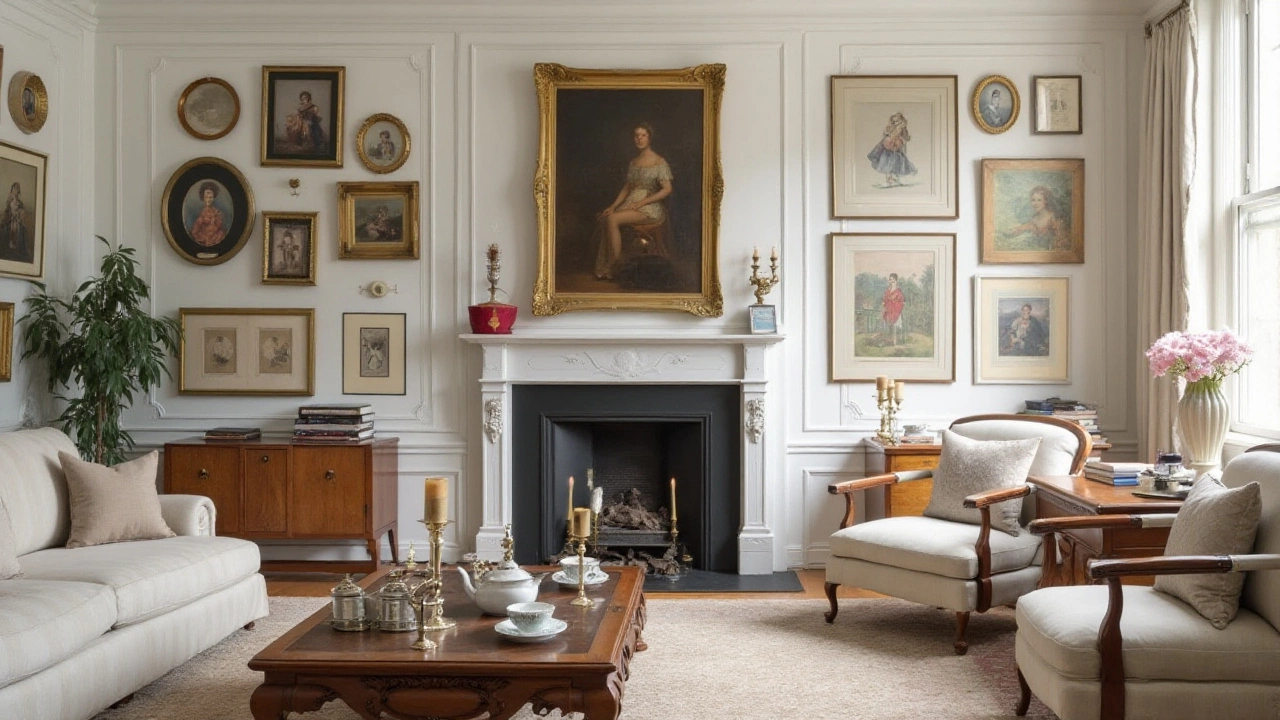Deciding how much art to hang on your walls can be a daunting task. This article explores the fine balance between too much and just enough, offering insights into choosing art that complements your space. Discover tips on arranging art to enhance the aesthetic appeal of your home. We also delve into common mistakes to avoid to keep your walls from becoming overwhelming.
Art Display Ideas: Simple Ways to Showcase Your Pieces
Got a favorite painting, a cool photo, or a kids' masterpiece you want to show off? You don’t need a designer or expensive hardware. In this guide you’ll learn practical steps to pick the right spot, hang it straight, and make it look good with everyday items.
Choosing the Right Spot
First, look at the room’s traffic flow. You want the art where eyes naturally wander – above a sofa, on a hallway wall, or next to a bedside table. Measure the height: most experts say the center of the piece should sit about 57‑60 cm from the floor. This keeps it at eye level for most people.
Check the wall color, too. Light walls make art pop, dark walls create a gallery vibe. If the wall is busy, pick a simple frame or a floating shelf to keep the focus on the work. When you’re unsure, tape a paper cut‑out the same size as the art to the wall; step back and see how it feels.
Creative Display Techniques
Frames aren’t the only game. Use picture rails, which let you slide pieces up and down without new holes. For a casual look, lean larger canvases on a shelf or mantel – no nails, easy to swap out. LED strip lights behind a framed piece add depth and highlight texture, and they’re cheap to install with adhesive backing.
Group smaller items into a gallery wall. Keep the spacing consistent – about 5 cm between frames works for most layouts. Stick to two or three frame styles to avoid visual clutter. If you love a mix, use a single colour mat inside each frame to tie them together.
For rotating displays, mount a magnetic board or cork board. Pin up new works and change them whenever you like. This works great for kids’ art or seasonal prints. Just protect the wall with a thin protective sheet if you’re worried about marks.
Don’t forget lighting. Natural light is ideal, but direct sunlight can fade colors. Place the art where it gets indirect light or use a directional lamp with a warm bulb. A simple clamp lamp on a side table can act like a gallery spotlight.
Finally, protect your pieces. If the art is valuable, use UV‑filtering glass in the frame. For prints, a clear acrylic sheet keeps dust out without adding weight. And always make sure the hanging hardware matches the weight – picture hooks are rated, so pick one that’s a bit higher than your piece.
With these easy steps you can turn any wall into a mini‑gallery. No need to spend a fortune; just a few thoughtful choices make your art feel proud and part of the room. Start with one piece, test the height, add a lamp, and watch the space change instantly.
